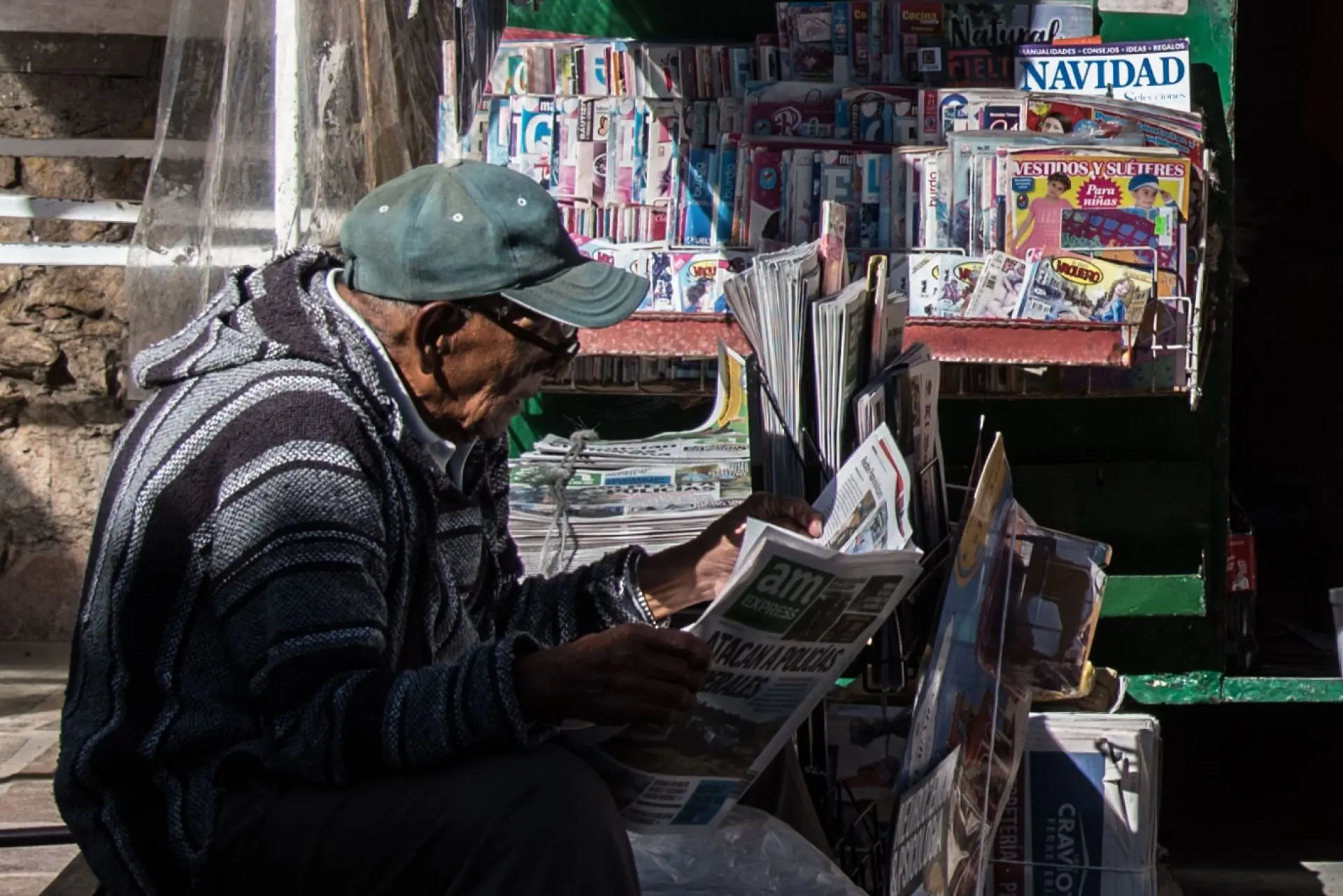
By Jorge Hernández Aguilera. SPR Informa. Mexican Press Agency.
According to investigations by La Jornada and Contralínea, the government of former president Enrique Peña Nieto spent between 50 and 80 billion pesos (US$2.5 billion to 4 billion at the current exchange rate) on advertising in media outlets. In contrast, the administration of former president López Obrador spent approximately 18 billion pesos (US$910 million) throughout his six-year term. This represents a reduction of up to 80% in spending compared to the previous administration.
Did his government teeter due to this significant cut in communication spending? No.
On the contrary, AMLO’s administration consistently received one the highest approval ratings for any government throughout its entire term.
What has been the impact of all those traditional media outlets that turned their media fire against the President? None.
Today, society in general does not (mis)inform itself through editorials in the traditional media. The speed of social media has even forced traditional media to compete for audiences on social networks—not on their own platforms such as TV or radio.
At the local level, the equation is simpler. There are two broad categories: media that support the government’s narrative, and the so-called “impartial media,” who—legitimately or not—write in opposition to the public and political actions of the government.
Starting with the latter, for those who claim journalistic purity as a social and civic responsibility, it would be advisable for them to broaden their scope of analysis and criticism—to include all expressions and development of real power.
That is, to critique the abuse of power not only in the public sphere but also in the economic domain.
Recently, the governor of Puebla, Alejandro Armenta, publicly requested that Grupo Proyecta donate a couple of hectares for a housing development initiative launched by the President of Mexico. In Puebla, the police force would be among the beneficiaries.
In general, the “critical press” maintains a constant confrontation with government actions, yet offers little to no analysis of the abuses committed by economic powerhouses. Take Grupo Proyecta, for example. They acquired land at four pesos per square meter and are now profiting up to 700 dollars per square meter. All of this was enabled through mechanisms bordering on illegality, intimidation, and land dispossession. There have been complaints going back at least eight years regarding the “City Lomas” development in Santa Clara Ocoyucan.
Isn’t it essential in a democratic society to have journalistic analysis and criticism directed at the plutocracy?
As for the first sector—the one that supports and promotes government narratives—I also see room for improvement.
First, there’s the issue of narrative hierarchy. The Fourth Transformation is a governmental nation-building project that seeks to be replicated at the state level. It is unacceptable to see journalistic inconsistency from those who praise local government actions while condemning, criminalizing, or moralizing against the government’s national project.
Secondly, each outlet should make an effort to develop its own narrative on general topics. Otherwise, there’s a risk of false uniformity by simply replicating the same press release, with the same structure, without adding journalistic or editorial depth.
A third point is awareness of the new communication era. Two major factors must be consolidated by any contemporary media outlet:
First, creating a solid narrative with a clear editorial stance that shows its political, ideological, and worldview orientation.
And finally… building an audience.
Having a strong narrative is just as important as having an audience that consumes and provides feedback on that editorial line.
I’ve seen media projects with high audiovisual production quality, but whose content is only viewed by a handful of people.
The impact of content should be measured not only by its quality but also by its reach.
The days of speaking only to the political elite and opinion leaders are gone.
Print media used to be hegemonic—few outlets, mass consumption.
Today, mass reach may not be a reasonable goal, but building and consolidating a loyal audience is not.
Tell me who you’re speaking to, and how you’re speaking to them—and I’ll tell you who you are.
Related: Claudia and Lula, CELAC and BRICS… and the OPEC example
Mexican Press Agency is part of ALMA, which is dedicated to news and information about Mexico and Mexicans in the United States and is a fiscally sponsored project of Social Focus, a 501(c)(3) nonprofit organization based in Redwood City, California.